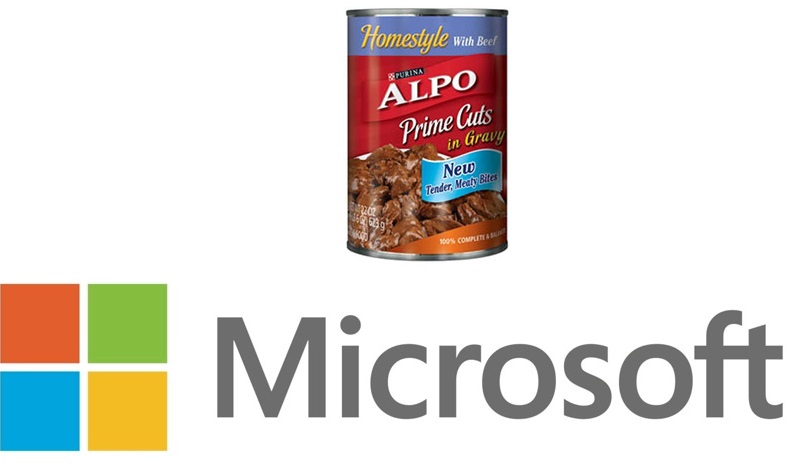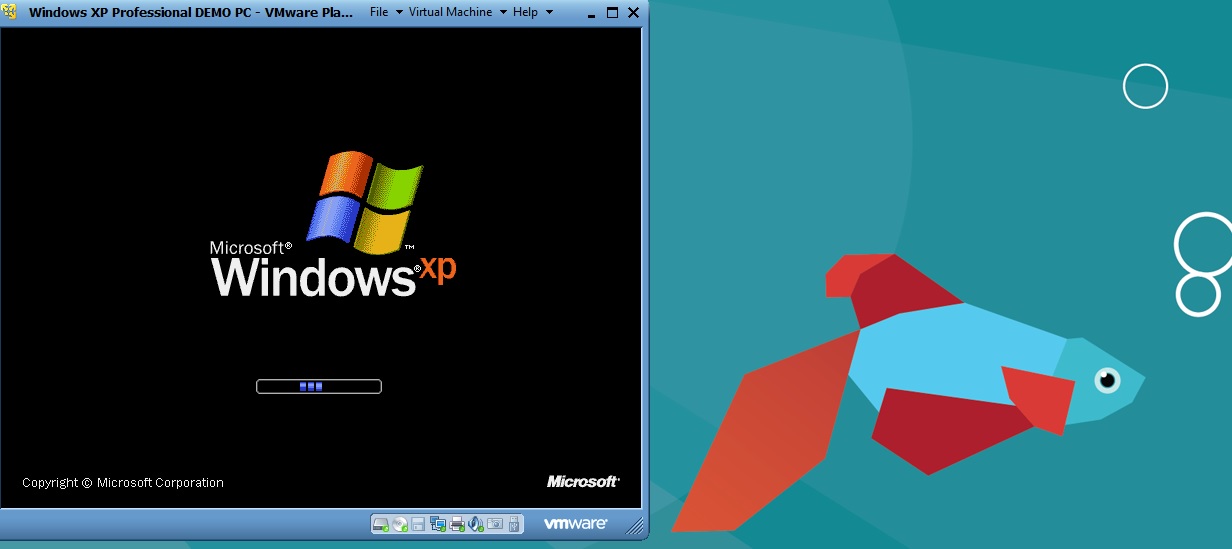
This has been an interesting week. Several articles and interviews that I have stumbled upon seemed to have collided in my brain. I sat down and watched a 2010 interview with Gary Vaynerchuck. He’s the founder of Wine Library, but he’s used the lessons he has learned starting his own business to travel around the country advising business that have been much longer established than his own. Vaynerchuck has the kind of personality that people should fear. He represents an undercurrent that is changing the way the world does business. In the interview, one of the interviewers, Tom Merritt, mentions writing a letter to Bazooka Joe as a child. The first day he received the response, he was so proud to see it… shortly thereafter, he realized it was a form letter response, and the magic wore off. I had the opposite experience growing up, writing a letter to video game giant Nintendo and actually receiving a response back from the staff that specifically addressed my questions. This was nearly twenty years ago, but that kind of behavior is exactly what Vaynerchuck is advising companies to do.
Gary Vee understands how to build a brand. As an example of this, in the interview, he describes using the Brisk Iced Tea Twitter account to debate the best rapper of all time. It has nothing to do with plugging your brand. It has everything to do with treating your customers like people – not dollar signs. The twitter account for @XboxSupport does the same thing – they are good at joking around with and discussing hot topics with their community members. Interact with your demographic, talk with them. He talked about having his own employees call and thank their customers without having to “drop the other shoe” and try to sell them something. The world has changed and the person-to-person business is as important as it was five hundred years ago, when you worked face-to-face reputations to uphold.
It is important to balance that, however. Everybody has an opinion, and you can’t always take them to heart. You also can’t ignore every comment – some complaints may be legitimate, they may have to do with things you haven’t considered. “Trolling” on the internet is a term that fascinates me. I have no facts to back it up, but my theory is that it began with the verb usage of the word, like trolling a pond or lake. You’re putting something out there as a sort of bait and trying to see what you can drag up. They did this because it got laughs – having an anonymous persona allowed you to say things you might not otherwise say. Mob-Mentality sets in and before you know it you have groups of “Trolls” roaming the internet. As you can see, the word later evolved a noun, where a person exhibiting this behavior was a “troll” – like the kind that live under bridges in fairy tales. And no matter how many times you’re told not to feed the trolls, you shouldn’t ignore them completely. Eventually, you may even be able to win the trolls over.
“Every person you look at you can see the universe in their eyes, if you’re really looking” said George Carlin. He was talking about how he loved individuals, but not groups of people. It’s easy to dislike people, but it’s fascinating to become absorbed by one. I’ve always thought, as a bit of an introvert, that I hate people. But he’s right, I don’t. I’m fascinated by them – forcing yourself to have one on one interactions, even in a crowded room, is key. Their unique story, their perspective, their experiences, and personality. Whatever makes them unique. The world has detached from that idea. It’s not about a person, or even groups of people.
Too many business owners see themselves as the operators of a gigantic money-making machine where the employees and the cogs are replaceable entities that allow them to make more money. Rather than using the human touch to keep someone happy, they simply try to extract the maximum potential yield from that particular cog, eject it, and replace it with another cog. People have meetings, and emails, and discussions about resolving a problem, but what happens less and less is genuine interaction and concern with finding the right solution for the right company. That doesn’t always mean maximizing profits right now, it means grooming a long term relationship with your client.


